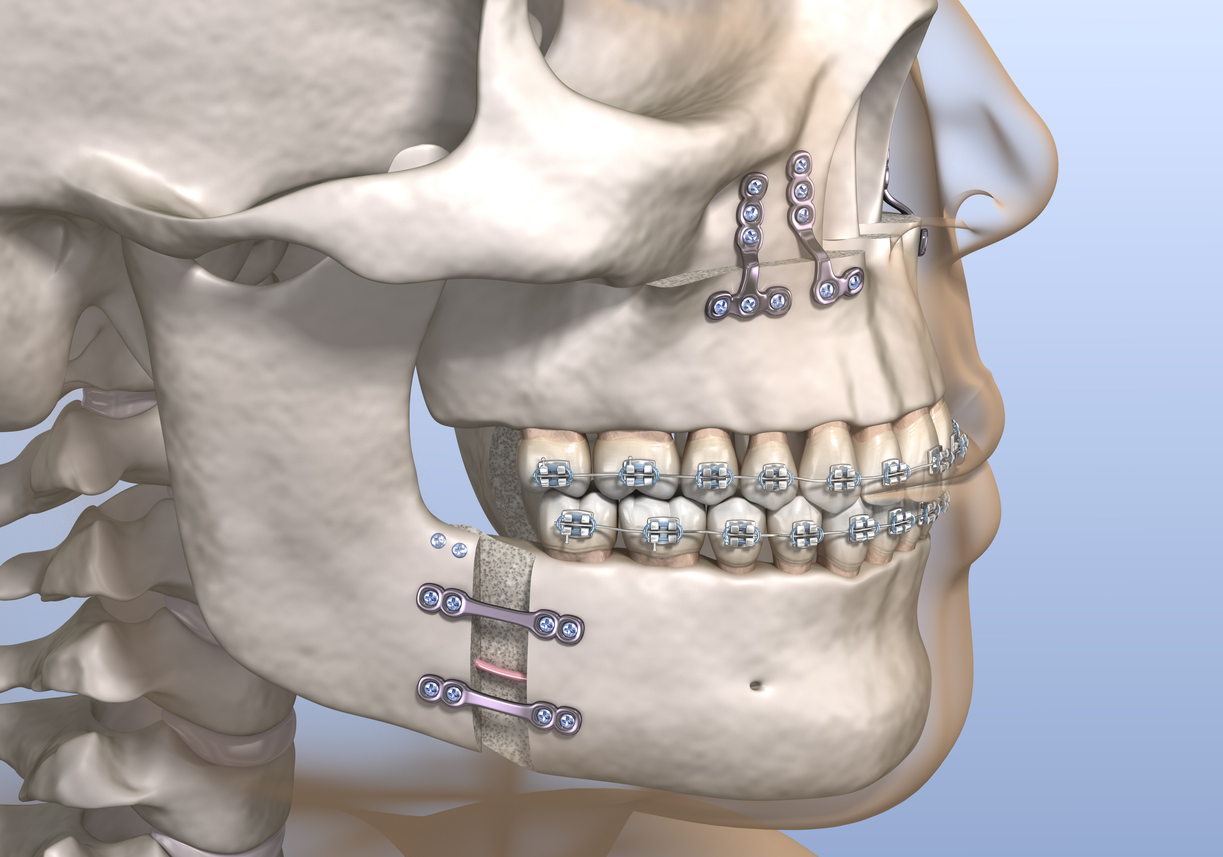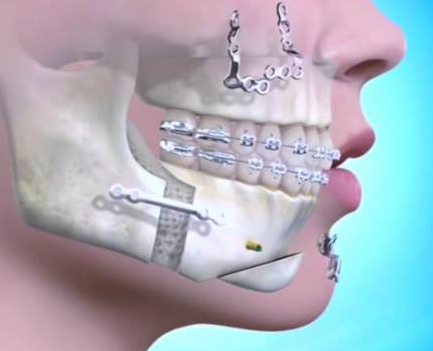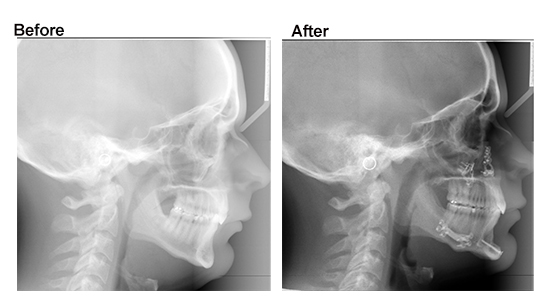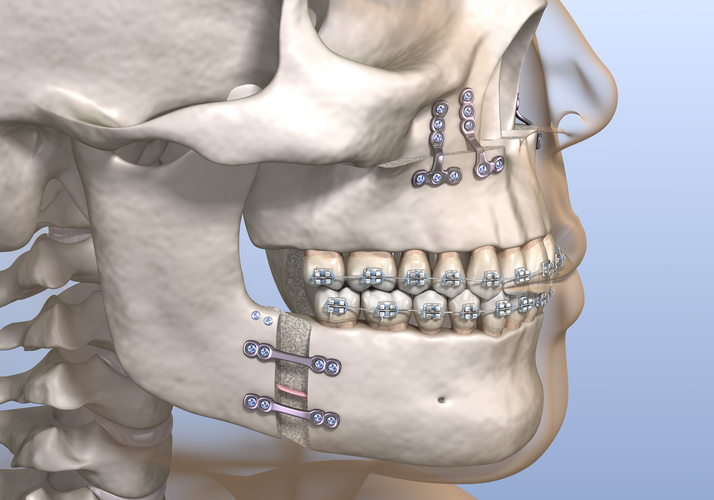FULL BIMAX GUIDE FOR RECESSEDCELS
Bimax (bimaxillary osteotomy) is one of the most life-changing maxillofacial surgeries out there. It’s primarily performed to correct skeletal discrepancies, sleep apnea, extreme TMJ related problems but the aesthetic benefits (improved facial harmony) are what draw most people to it. However, the path to getting it — especially covered by insurance — depends heavily on your country, diagnosis, and documentation.Note:
This thread is meant only as general informational content for people who want to learn more about jaw surgery and understand the basics before consulting professionals.
It’s not medical advice, just an overview to help you get familiar with the topic and know what to research further.
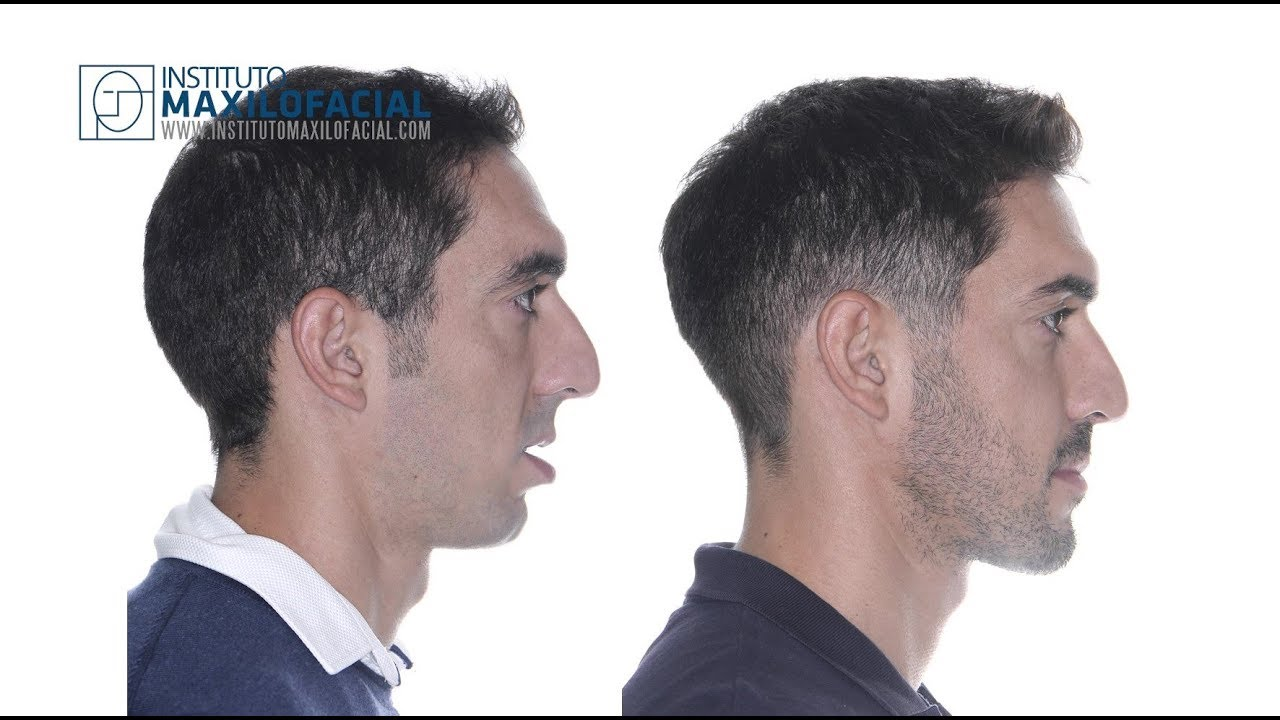
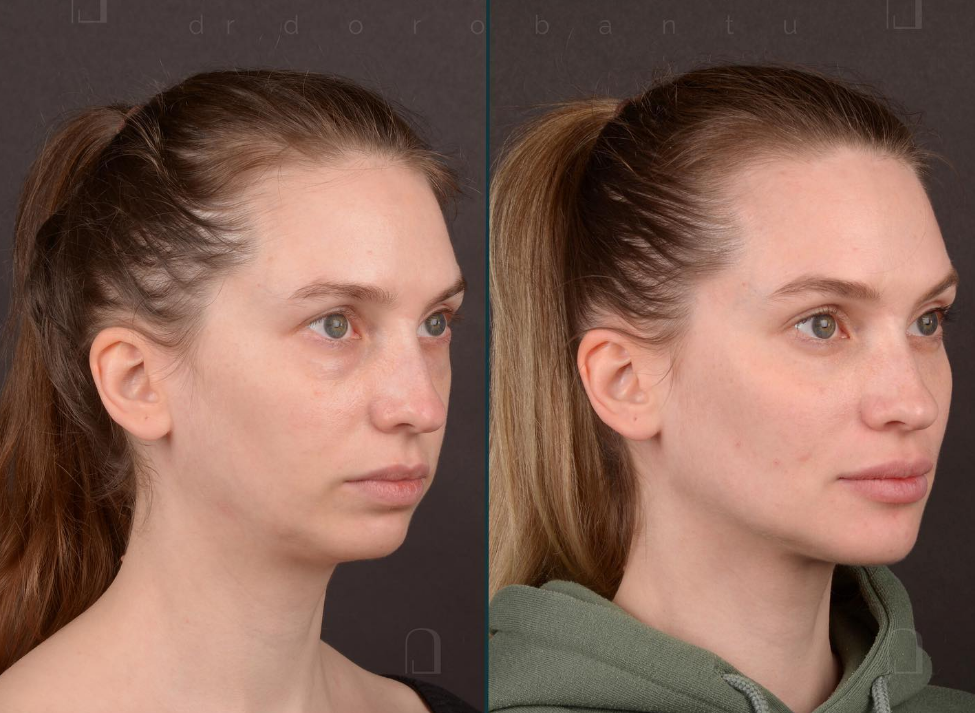
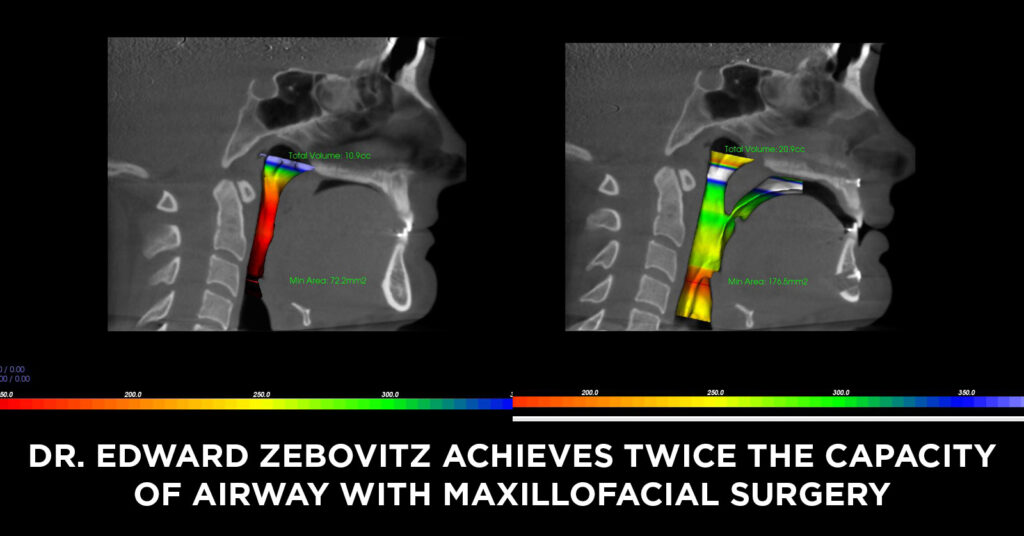
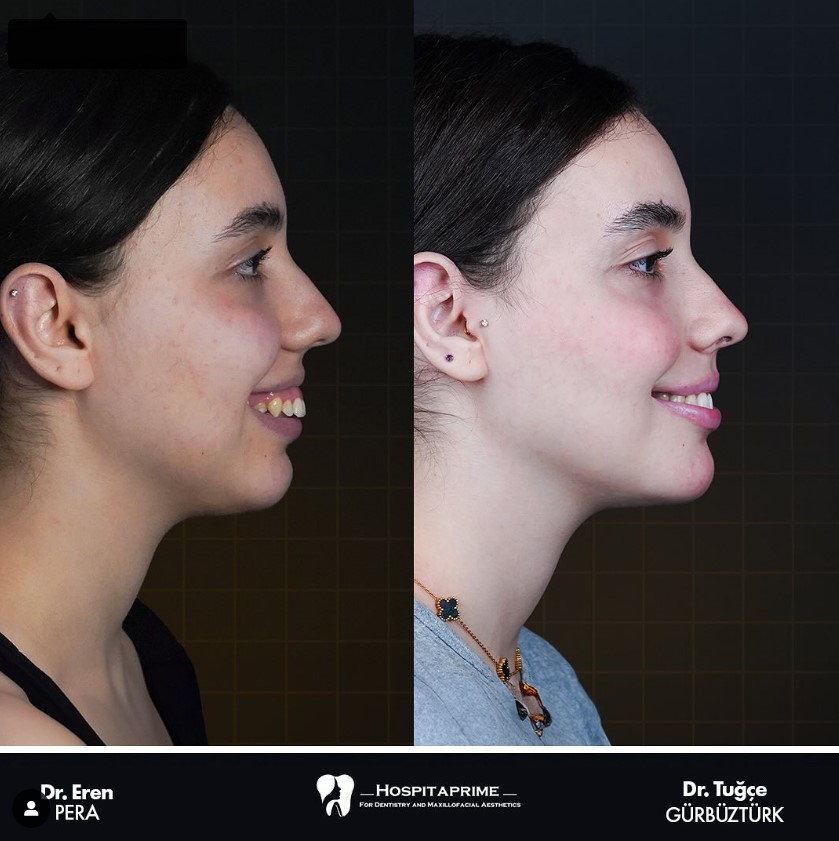
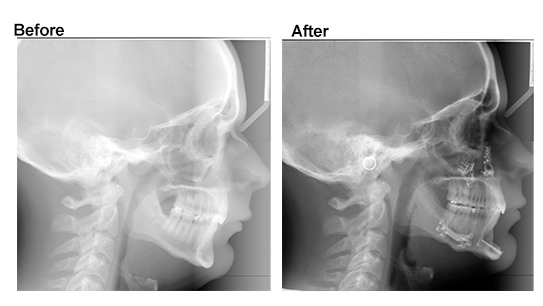
1. Difference between bimax and trimax jaw surgery.
- Bimax (bimaxillary osteotomy) involves repositioning two jaws — the upper (maxilla) and lower (mandible) — to correct bite issues, facial imbalance, or airway problems.

- Trimax (three-jaw concept) includes both jaws plus the chin (genioplasty) as an integrated third segment. It’s used when full lower-face remodeling or advanced aesthetic correction is needed. (bimax cost +$2,000 - $8,000)

Bimax involves repositioning both the maxilla (upper jaw) and mandible (lower jaw).
It’s typically done for:
- Severe overbites / underbites
- Open bite
- Crossbite / asymmetry
- Sleep apnea (airway obstruction)
- Jaw misalignment causing chewing/speech issues
When done purely for aesthetic reasons, it’s considered cosmetic surgery — meaning it’s almost never covered by insurance and costs significantly more. Custom or aesthetic-only cases can easily exceed $30,000–$50,000+ depending on the surgeon and country.
2. How Insurance Coverage Works (by Region)
United States
Your private insurance can cover bimax — but only if it’s medically necessary. That means:- You must have a documented functional issue (malocclusion, chewing difficulty, airway problems, etc.).
- You’ll usually need:
- Orthodontist referral
- Cephalometric X-rays
- Sleep study results (if sleep apnea)
- Detailed surgeon report stating functional impairment
Most insurance plans will not cover aesthetic-only corrections. If approved, you still usually have to pay for braces or orthodontic prep, which can cost $4,000–$8,000 USD out of pocket.
Europe (general overview)
Example coverage varies by country:
- In Germany and France, insurance (Krankenkasse / Sécurité Sociale) may cover bimax if it’s due to bite correction or airway obstruction — not aesthetics.
- In Scandinavia and Benelux countries, similar rules apply.
- If you’re over 13–18 years old, orthodontic coverage for braces or jaw correction is often not refundable unless you meet strict medical criteria.
3. Custom Jaw Surgery vs Traditional Jaw Surgery
- Normal Jaw Surgery: Traditional surgical planning using physical models and 2D imaging. Effective, covered by insurance if medically necessary.
- Custom / 3D Bimax / Trimax (usually done at private clinics) : Uses virtual planning and custom titanium plates for perfect symmetry and aesthetic refinement.
- Much more expensive
- Rarely covered, since it’s considered premium / aesthetic
4. How to Start the Process
- See an orthodontist — get a diagnosis and see if your bite qualifies as severe enough.
- Ask for a referral to a maxillofacial surgeon (OMFS).
- Collect:
- X-rays (ceph + panoramic)
- Photographs
- Orthodontic report
- Medical letters (if related to breathing/sleep)
- Apply through your insurance with full documentation.
- If denied - you can appeal with additional functional evidence.
If you are planning on getting custom bimax/trimax and pay for everything from your own pocket simply head over to any private clinic of your choice, most of them do all required photographs on the first consultation.
5. Costs (Very Broad and Hard to Estimate)
The costs for bimax surgery are very extensive and highly variable, depending on the country, the surgeon, the planning method (normal vs. custom), and whether there’s any insurance or medical justification involved. Because of that, it’s difficult to create one precise table or estimate that fits everyone.
To give a realistic example:
In Poland, at a decent private clinic, you can get a custom bimax done only for legitimate medical reasons (functional or airway-related cases).
- Surgery cost: around 39,000–60,000 PLN, which is approximately $9,500–$14,500 USD.
- Orthodontic treatment (before and after surgery): around 15,000–35,000 PLN, which is about $3,700–$8,500 USD.
Prices in other European countries or the U.S. can be significantly higher, especially if the surgery is done for aesthetic purposes only. Custom 3D-planned bimax is always at the top end of the price range.
6. Practical Advice
- Join local Facebook groups — search for “Orthognathic Surgery [Your Country]” or “Bimax Community [City] or just type it in your own language if you are in europe”.
→ That’s how I found real patient experiences, surgeon recommendations, and info on how to navigate insurance in my own country. - Always get multiple consultations. Some surgeons only handle medical cases, others specialize in aesthetics.
- Don’t assume “cosmetic = no function.” Sometimes, a borderline bite issue can make you eligible if documented correctly.
7. Why Many People Still Go Private
Even people who technically qualify for medical bimax often choose to go private and custom. The reasons:
- Long waiting times in national health systems (sometimes 1–3 years).
- Uncertainty — you might wait months only to be denied at the final step.
- Limited aesthetic control — public systems prioritize function, not facial harmony.
- Access to better planning and materials (custom plates, 3D simulations, faster recovery).
- Immediate scheduling — private surgeons often operate within weeks.
Essentially, private = faster + more control + higher aesthetic precision (but much more expensive).
8. Notable Private Clinics / Surgeons (Europe & USA)
Europe:
- Dott. Valerio Ramieri, MD, PhD (Italy)
- Dr. Federico Hernández Alfaro – Instituto Maxilofacial (Barcelona, Spain)
- Dr. Norman Koebe – Koebe Klinik (Düsseldorf, Germany)
- SailerClinic (Zurich, Switzerland)
- MOÔI Clinic (Europe-wide)
United States:
- Dr. Larry Wolford (Dallas, TX)
- Dr. Derek Steinbacher (Connecticut, USA)
- Seattle Jaw Surgery – Dr. Samuel Bobek
- Mayo Clinic (AZ, FL, MN)
The truth is, any good, reputable local clinic can usually perform this type of surgery at a high standard today. You don’t necessarily need to fly abroad — jaw surgery has become a very common and well-developed field worldwide. Techniques, planning software, and materials have evolved so much that most qualified maxillofacial surgeons can deliver excellent results without the need for medical tourism.
<3


